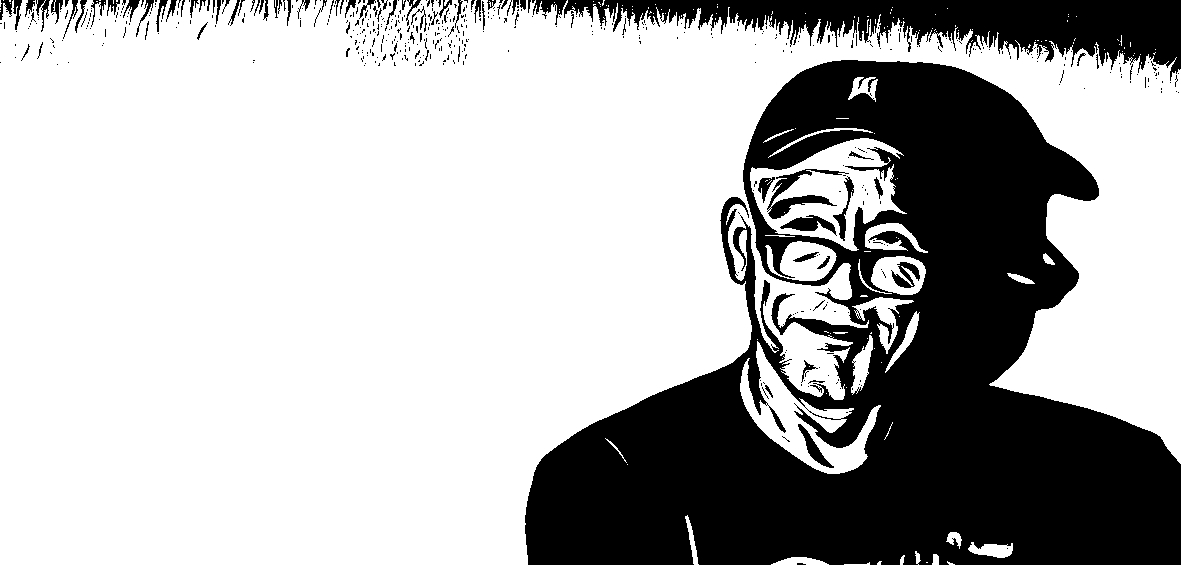Discounts are a double-edged sword. While they can drive short-term sales, poorly structured promotions erode margins and train customers to wait for deals. However, tiered pricing—a strategy that rewards higher spending with bigger discounts—boosts average order value (AOV) by 30% or morewhile preserving profitability.
Here’s how the psychology behind tiered discounts works, the data proving its effectiveness, and how to implement it without cannibalizing revenue.
Why Tiered Pricing Outperforms Flat Discounts
1. The “Goal Gradient” Effect
Customers accelerate spending as they near a reward threshold. A study in the Journal of Marketing Researchfound that:
-
Progress bars (e.g., “Spend $50 more to unlock 15% off”) increase purchases by 22%.
-
Tiered discounts (e.g., 5% off $100, 10% off $150) lift AOV by 18-30% (Retail TouchPoints).
Example:
Sephora’s “Spend $75 for free shipping + 2 samples” encourages customers to add extra items to their cart.
2. Perceived Fairness
Flat discounts (e.g., “20% off everything”) devalue products. Tiered pricing feels earned, reducing price sensitivity:
-
61% of consumers say tiered rewards feel “more fair” than blanket promotions (Baymard Institute).
-
Luxury brands using tiered discounts see 12% higher retention than those using site-wide sales (McKinsey).
3. The “Decoy Effect”
Adding a middle tier makes the highest spend level seem more appealing. Data from Psychological Scienceshows:
-
When given options like “$10 for 10 units” vs. “$25 for 40 units,” 70% choose the higher tier if a decoy (“$20 for 30 units”) exists.
-
Wine clubs using this tactic increase premium-tier signups by 27% (Wine Business Monthly).
Data-Backed Tiered Pricing Strategies
1. Threshold Discounts (Best for E-Commerce)
-
Structure: “Spend $X, save $Y” (e.g., “Spend $100, get $20 off”).
-
Results:
-
Wayfair increased AOV by 24%using threshold discounts (Internet Retailer).
-
Apparel brands see 8-15% higher cart values when thresholds are 1.5x the average order (Shopify Data).
-
2. Volume Tiers (Best for B2B/Subscriptions)
-
Structure: “Buy more, save more” (e.g., 5% off 1-4 units, 10% off 5+).
-
Results:
-
SaaS companies using volume pricing close 35% larger deals(ProfitWell).
-
Office supply retailers report 18% more bulk purchaseswith tiered pricing (Statista).
-
3. Bundled Tiers (Best for Services)
-
Structure: “Basic” vs. “Premium” packages (e.g., $99/month for 5 features, $199/month for 10).
-
Results:
-
Restaurants offering “Meal Deals” see 40% higher spend per table (Toast POS).
-
Consulting firms using tiered service packages close 50% faster (HubSpot).
-
3 Pitfalls to Avoid
1. Setting Thresholds Too High
-
If your AOV is $50, a $100 tier feels unattainable.
-
Fix: Set tiers at 1.2-1.8x your current AOV (SaleCycle).
2. Ignoring Profit Margins
A 10% discount on a 30%-margin product cuts profits by 33%.
-
Fix: Use incremental discounts (e.g., 5% → 8% → 10%) to protect margins.
3. Not Promoting Tiers Clearly
Hidden tiers don’t convert.
-
Fix: Use progress bars, popups, and checkout reminders (e.g., “Only $10 away from 10% off!”).
How to Test Tiered Pricing
-
Analyze your AOV (e.g., $75).
-
Set tiers just above it (e.g., $90, $120).
-
Test discount levels (e.g., 5% vs. 10%).
-
Track:
-
AOV lift
-
Margin impact
-
Customer retention
-
Toolkit:
-
Use Shopify’s Volume Discounts app or WooCommerce’s Tiered Pricing Table.
-
For services, try Pipedrive’s deal-tiering features.
Key Takeaway
Tiered pricing leverages psychology to increase spend without eroding brand value. By guiding customers toward higher tiers, businesses boost AOV by 20-30% while maintaining healthier margins than flat discounts.
Need help structuring your tiers?
Subscribe to CliqSpot for data-driven pricing strategies.
#PricingStrategy #Ecommerce #DataDriven #ConsumerPsychology
Want a free tiered pricing calculator? Reply with your industry, and we’ll send a template.

Data-driven editor at CliqSpot, transforming raw analytics into actionable growth strategies for modern businesses.

Leave a Reply